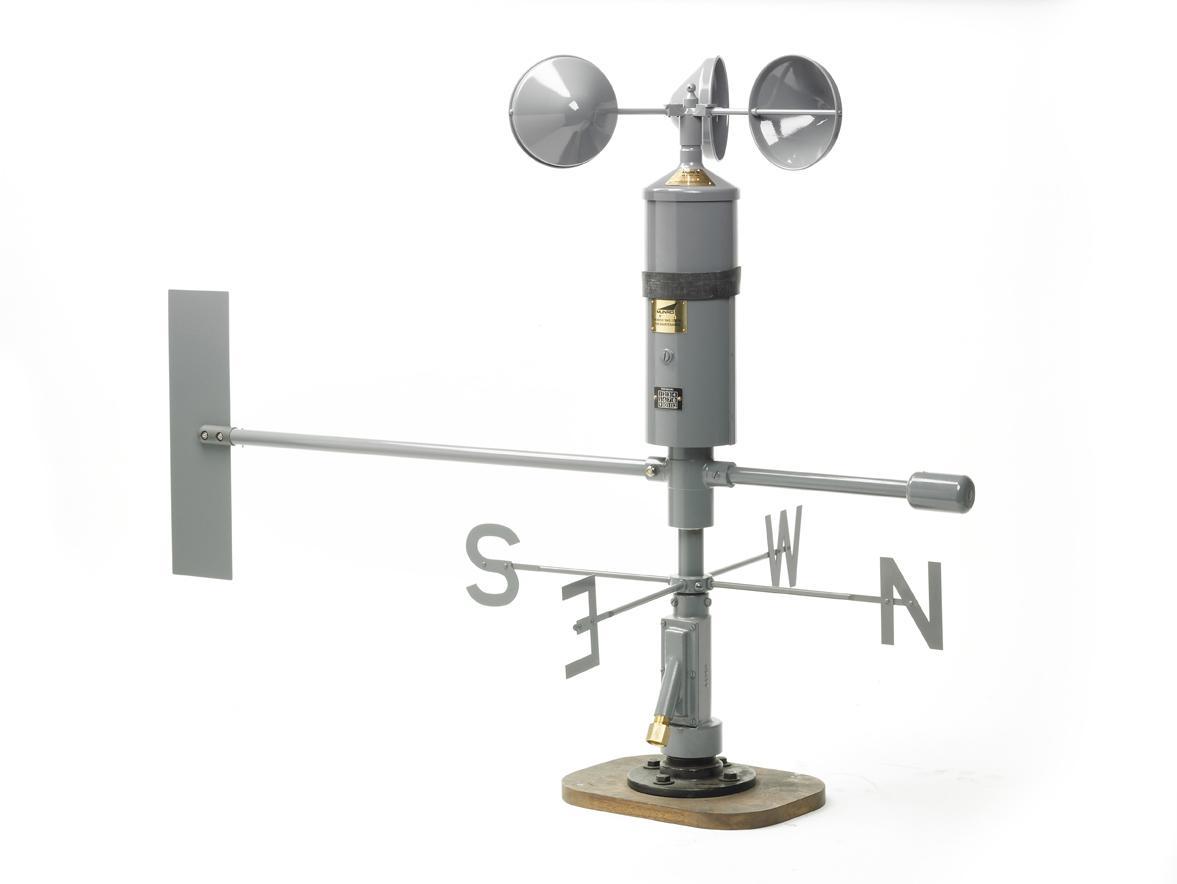All You Need to Find Out About Anemometers: How They Work, Why They Matter, and Where to Use Them
Anemometers, though commonly forgotten in the realm of clinical instruments, play a vital duty in various areas, using important understandings right into wind rate and air flow patterns. As we dive into the intricacies of anemometer modern technology, we will uncover the internal workings of these tools, their importance, and the vital considerations when picking the best anemometer for details applications.

Anemometer Fundamentals
An important tool made use of to gauge wind speed and direction, the anemometer plays an essential duty in meteorology and numerous industries. An anemometer commonly includes 3 or 4 mugs that turn in the wind, a vane that aims right into the wind, and sensing units to track the motions or turnings. By calculating the rotations or motions over a certain amount of time, the anemometer can identify wind speed. The vane aids identify wind instructions by directing into the wind, providing useful data for weather projecting, aeronautics, maritime procedures, environmental monitoring, and wind power applications.
There are various kinds of anemometers available, consisting of cup anemometers, vane anemometers, hot-wire anemometers, and sonic anemometers, each with its special functions and applications. Mug anemometers are frequently made use of for fundamental wind speed dimensions, while vane anemometers are chosen for directional measurements. Hot-wire anemometers are appropriate for reduced airspeeds, and sonic anemometers are suitable for high-precision measurements in research and industrial settings. Comprehending the basics of anemometers is necessary for exact wind data collection and analysis throughout different industries.
Concepts of Anemometer Operation
Building on the fundamental understanding of anemometer basics, the principles of anemometer procedure illuminate the mechanics behind wind speed and instructions measurements. Anemometers operate on the principle of airflow affecting a sensing unit, creating it to rotate. Cup anemometers, for example, have three or more mugs that record the wind, triggering them to spin quicker as the wind rate increases. The turning rate is after that exchanged a wind rate measurement. Vane anemometers, on the various other hand, use a tail or a probe that aligns itself with the wind direction, offering a measurement of wind instructions based on the alignment of the sensing unit. Hot-wire anemometers rely on a heated cable that cools off as wind overlooks it, with the rate of cooling determining the wind rate. Ultrasonic anemometers step wind speed and instructions by assessing the moment it considers ultrasonic signals to travel between transducers. Comprehending these principles is vital for reputable and accurate wind dimensions in various applications.
Significance of Anemometers
Anemometers play a crucial duty in determining wind speed and instructions, providing vital information for weather forecasting, environment research studies, ecological surveillance, and air travel operations. Meteorologists rely on anemometers to collect accurate wind data, assisting them comprehend weather patterns, forecast storms, and problem timely cautions to the public. Wind farm operators utilize anemometers to examine wind conditions and optimize electrical energy production from wind generators.
Applications Across Various Industries
In the eco-friendly power industry, anemometers play a critical function in assessing wind problems for wind farm placements, making sure optimal energy manufacturing. Industries like building and construction and mining use anemometers to keep track of wind rates, vital for safety and security methods, particularly try this web-site when working at heights or in open-pit mines where strong winds can position risks. In agriculture, anemometers assist farmers in managing crop spraying by providing real-time information on wind rate to avoid drift.

Choosing the Right Anemometer for Your Needs
Choosing the proper anemometer customized to your specific demands is crucial for obtaining accurate wind speed and direction dimensions. When choosing an anemometer, consider aspects such as the desired application, called for dimension array, environmental conditions, and wanted attributes. For general purposes, a cup anemometer is appropriate for gauging wind rate, while a vane anemometer provides wind direction information. Hot-wire anemometers are optimal for low airspeed dimensions, and ultrasonic anemometers offer high accuracy and sturdiness.

Verdict
In verdict, anemometers play a critical function in measuring wind rate and instructions across various markets. Understanding the concepts of anemometer procedure is vital for selecting the appropriate gadget for specific demands. From weather forecasting to aviation, anemometers are crucial tools for making certain and gathering exact information safety in various applications. It is important to take into consideration the importance of anemometers in order to make informed choices when choosing the most ideal device for gauging wind conditions.
There are various types of anemometers readily available, including cup anemometers, vane anemometers, hot-wire anemometers, and sonic anemometers, each with its special attributes and applications. Cup anemometers are commonly utilized for standard wind rate dimensions, while vane anemometers are preferred for directional measurements. Hot-wire anemometers are suitable for low airspeeds, and sonic here anemometers are excellent for high-precision dimensions in research and commercial settings.Building on the foundational understanding of anemometer fundamentals, the principles of anemometer operation clarify the technicians behind wind rate and instructions dimensions. For basic purposes, a cup anemometer is ideal for gauging wind rate, while a vane anemometer provides wind instructions data.
Comments on “The Duty of an Anemometer in Improving Safety And Security for Outdoor Activities”